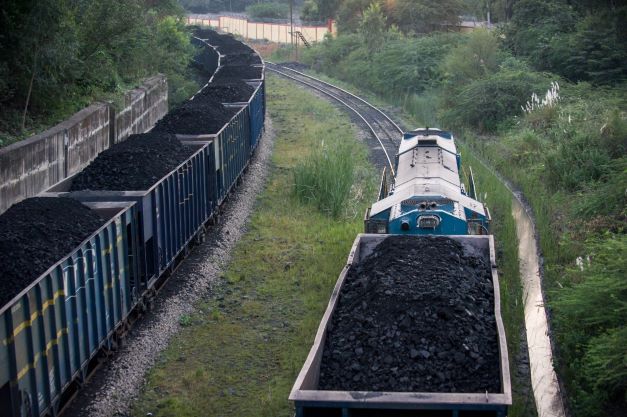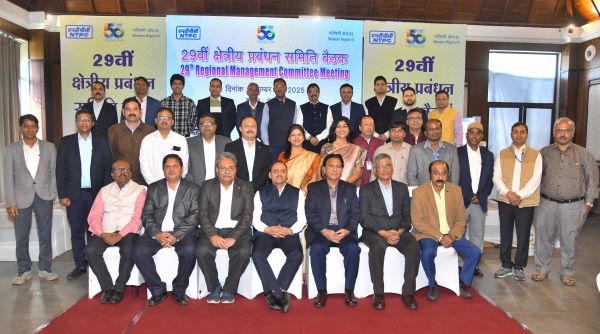
Team News Riveting
Kolkata, November 30
To increase coal evacuation capacity through rail mode by an additional 330 million tonnes per annum (MTPA) by FY 2024, when production is expected to scale up significantly, Coal India Limited (CIL) is investing an estimated capital of Rs19,650 crore in strengthening its rail infrastructure.
The upcoming projects some of which are already operational would help CIL despatch increased volumes of coal through rail, above the existing capacity, from its greenfield and brownfield mining areas.
The Maharatna coal mining behemoth is constructing three important railway lines from its own funds, on deposit basis, in CCL and MCL at an estimated capital of Rs 7,994 crore having 170 MTPA coal transportation capacity. Additionally, the company has forged four rail joint ventures with Chhattisgarh, Jharkhand and Odisha at a capital outlay of Rs 11,656 crore that would help move 160 MTPA of coal.
“The rail infra projects would boost our evacuation. It is important to have a robust coal transport mechanism in place to cope up with increased volumes of production in the ensuing years. We are laying the groundwork for it.” said a senior executive of the company.
Around 69 per cent of CIL’s overall coal output is expected from CCL, MCL and SECL by FY’25 and it is in these fields that the company is aggressively laying foundation for evacuation infrastructure.
The doubling of Tori-Shivpur (CCL) rail line was already commissioned in December 2019 and the tripling of the line which is under process shall enhance evacuation capacity to 100 MTPA from the existing 32 MTPA.
Jharsuguda-Barpali-Sardega (MCL) single line was commissioned in April 2018 and the construction work for doubling of the line along with loading bulb at Barpali and a flyover complex at Jharsuguda are under progress. Dovetailing of FMC projects of Sardega 20 MTPA and Lajkura 15 MTPA to this rail connectivity would lift MCL’s transportation capacity additionally by 65 MTPA.
The four rail JVs are in various stages of progress with the main rail corridor of Kharsia to Dharamjaigarh, a 74 KM stretch under CERL in SECL already operational. CIL holds 64 per cent stake in these JVs with the rest 36 per cent made up by the rail PSUs and respective States.
Currently CIL’s rail transportation from its own sidings accounts for 56 per cent of its total supplies. If loading from goods sheds, private washeries and MGR is also considered then the percentage of rail movement of coal goes higher to 79 per cent.



